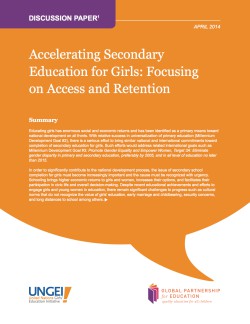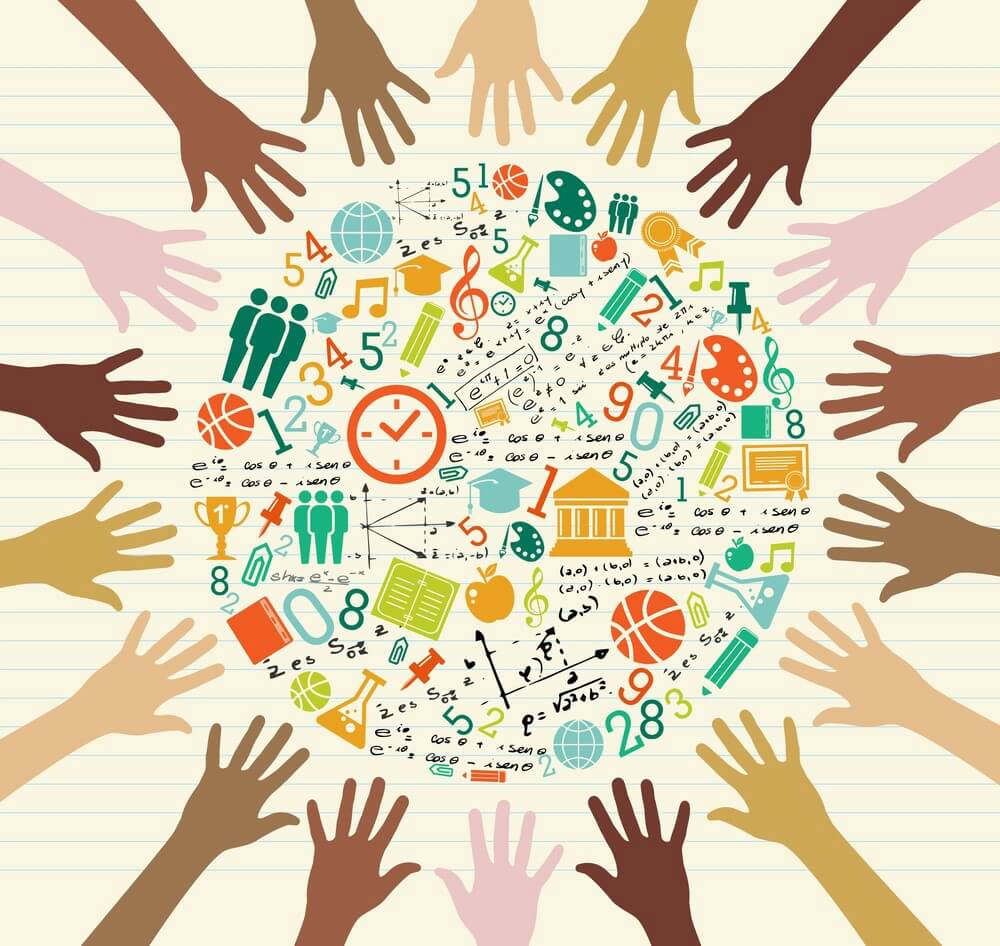 Picking up where we left off last month, we will explore the research on global education.
Picking up where we left off last month, we will explore the research on global education.
Data | Statistics | Research
I wanted to go hide under my blanket or better yet binge watch Game of Thrones as I tackled this blog issue… But I pushed through… if we don’t understand where the data is coming from and how it is being used, then we don’t really know how we know, what we know - with me? In the end, I learned a lot and hope you do too!
My initial questions were:
- Where does the primary data on global education come from?
- Who collects the data?
- How does data get shared and used?
Keep reading to find answers in what I promise are easily digestible snippets, including video clips, and amazing infographics as we highlight a few important organizations doing amazing work in the field of global education.
Where does the primary data on global education come from?
The UNESCO Institute for Statistics (UIS) is the official United Nations agency responsible for the collection of education data. It serves Member States, UNESCO and the UN system, as well as a range of intergovernmental and non-governmental organizations, research institutes and universities.
The UIS produces internationally accepted methodologies to measure and monitor trends at national and global levels. It delivers comparative data for countries at all stages of development to provide a cross-national perspective on education, science and technology, culture, and communication. It collects education statistics annually from official national statistical authorities and makes updates twice a year, in May and November.
Explore other authoritative sources of primary data.
Who collects the data?
Each Member State chooses the statistical authorities to respond to UIS questionnaires; typically the ministry of education or the national statistical office. The information collected includes data on educational programmes, access, participation, progression, completion, internal efficiency, and human and financial resources by all levels of education.
How does data get shared and used?
![]() You can access the UIS Database at no cost, but be prepared for massive data charts. A friendlier tool to examine education statistics is the UNESCO eAtlas series. Of particular interest is the eAtlas of Gender Inequality in Education, given our Target Focus: Women and Girls.
You can access the UIS Database at no cost, but be prepared for massive data charts. A friendlier tool to examine education statistics is the UNESCO eAtlas series. Of particular interest is the eAtlas of Gender Inequality in Education, given our Target Focus: Women and Girls.
The demand for globally-comparable data is on the rise. UIS’ new video illustrates how they produce data to monitor global education and the challenges ahead for measuring the Education 2030 Agenda.
Data: To Raise Awareness about Global Education and Take Action to Make Changes
Intergovernmental and non-governmental organizations as well as universities and research centers analyze the data from the UIS database to help conduct their own research. They also use it to develop their awareness raising campaigns and informational materials, and to develop strategies for change. Let’s explore!
Global Education Monitoring Report (GEM Report, formerly known as the Education for All Global Monitoring Report): Its mandate is to monitor progress towards the education targets in the new Sustainable Development Goals (SDGs) framework.
The GEM Report is the leading reference for the follow-up and review of global education. It tracks progress and considers effective policies in relation to these targets, deriving evidence-based findings and recommendations for policy-makers and other stakeholders to use in their work. The Report is an invaluable global resource and advocacy tool, promoting informed dialogue and increasing public awareness of education’s central role in achieving sustainable development, and the challenges to achieve quality, equitable and inclusive lifelong learning for all by 2030.
With 12 reports produced since 2002, the GEM Report has a global reputation for excellence, covering themes ranging from inequality, gender, teaching, conflict and crisis, literacy and early childhood care and education. Additional GEM Report publications address policy, region specific topics and technical issues of research. Particularly interesting is the newly developed engaging interactive World Inequality Database on Education (WIDE). It draws attention to the extremely high levels of education inequality across countries and between groups within countries, with the aim of helping to inform policy design and public debate. Check these out:
 |
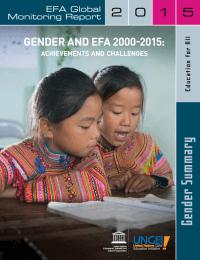 |
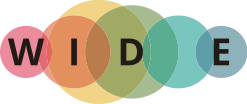 |
Sign up to receive the 2016 Issue coming this September: Education for People and Planet: Creating Sustainable Futures for All


The Global Partnership for Education (GPE) is one of my favorite sites for information about global education. Watch the recent announcement of their Strategic Plan 2016 - 2020 and how they aligned their Vision and Mission with the 4th SDG. And be sure to check out their blog.
Here you see how GPE uses data to produce reports and visually engaging infographics to promote awareness of the issues related to women’s and girls education.
The Center for Universal Education at the Brookings Institute is a forum for research, high-level dialogue, and public debate on a range of issues relevant to education in developing countries. With a focus to improve learning and skills, address inequality, achieve learning at scale, and support effective and equitable education financing, their efforts are aimed at:
-
Conducting innovative research and generating real solutions to achieve quality learning for all
-
Informing policymakers and thought-leaders on educational challenges in the developing world
-
Shaping the policy debate by elevating global education priorities on the international agenda
In April of this year Brookings launched their report Millions Learning: Scaling up quality education in developing countries with a gathering of world leaders in global education (click to learn more and to watch the dynamic panel sessions).
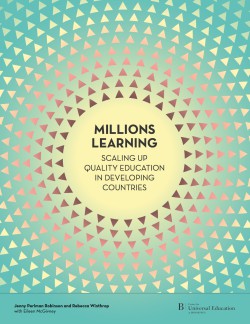 |
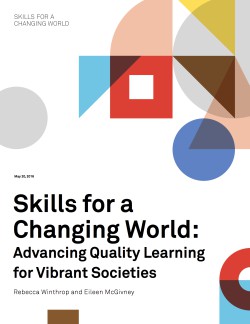 |
 |
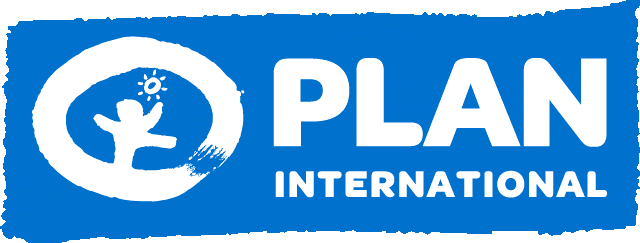 |
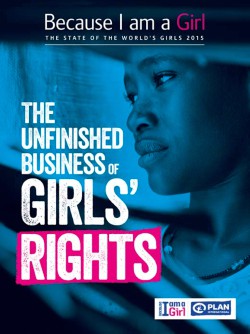 is a global movement lead by Plan International to ensure girls everywhere can Learn, Lead, Decide and Thrive. Each October they publish a comprehensive report titled The State of the World’s Girls. Each issue it has a different focus and is published in three versions:
is a global movement lead by Plan International to ensure girls everywhere can Learn, Lead, Decide and Thrive. Each October they publish a comprehensive report titled The State of the World’s Girls. Each issue it has a different focus and is published in three versions:
The Full Report, an Executive Summary, and a Youth Summary. Read the current issue here and be sure to check out Section 3: The Imperative of Educating Girls.
We’ve highlighted four organizations (of many!) that use data to both advance their own research on global education as well as to increase awareness about the issues and to promote positive change. It is exciting to see how much effort is dedicated to improving the state of education worldwide and the particular focus given to women and girls.
Data, statistics and research offer us better understanding of what is happening in education across the globe. In an age where technology allows us to process larger and larger amounts of information faster and faster, the next question is ‘How is Big Data advancing global education?” But that is for another day!
When we return in September, we will shift our focus to specific issues related to women’s and girls’ education like safety and security, sanitation and hygiene, cultural traditions and gender roles, poverty and many other.
Wishing you each a lovely summer!
Tricia R. Saur



